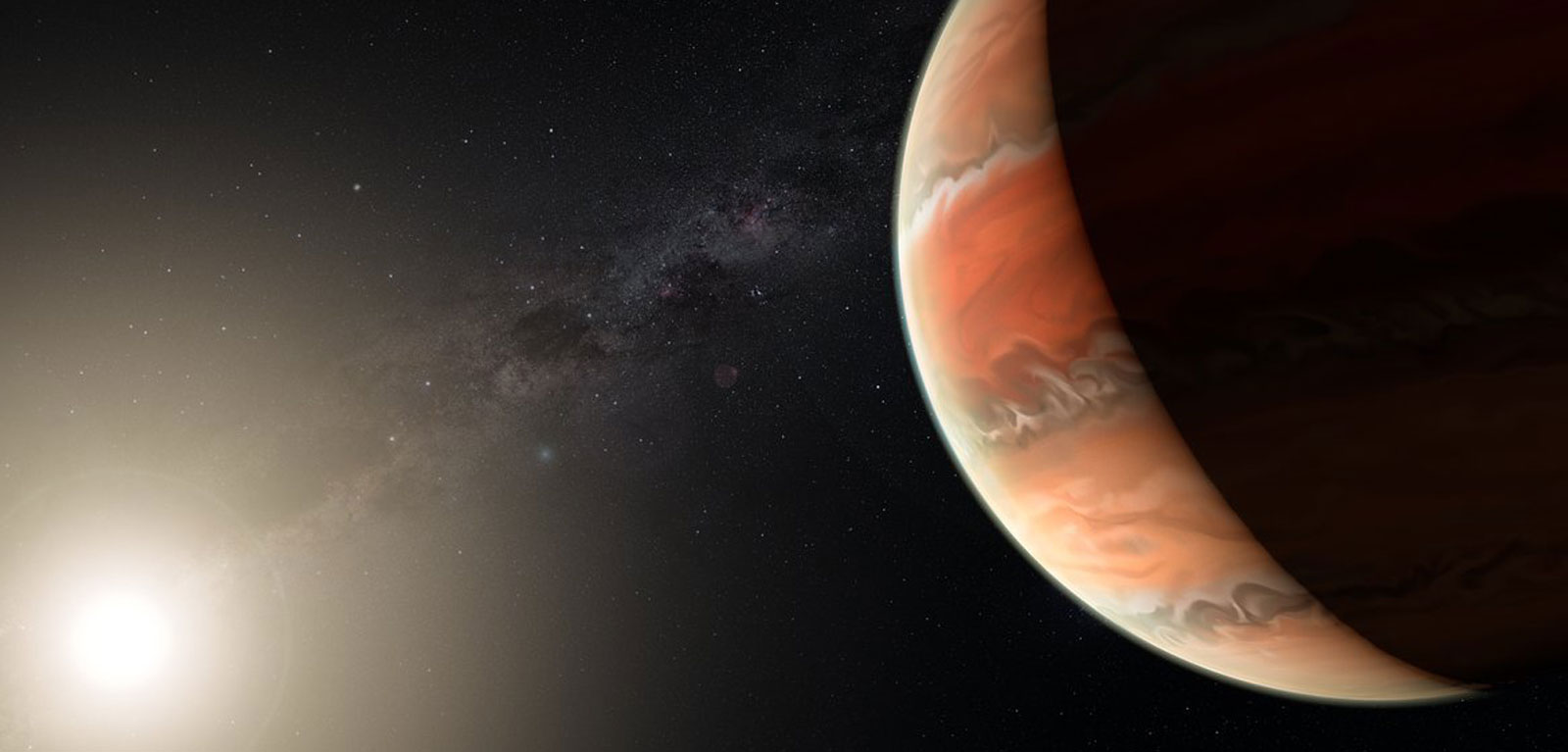Astronomers detect a new chemical signature
Such advances are important if, in the future, we ever want to probe atmospheres of smaller rocky planets that resemble the Earth.

The results have been published in the Astrophysical Journal Letters and involved researchers from Queen’s University Belfast, the Astrobiology Center (ABC) of the National Institutes of Natural Sciences in Tokyo, and Trinity College Dublin.
Using the high-powered Subaru Telescope, the hydroxyl radical (OH), one of the most dominant oxygen-bearing molecules at high temperature, was found in the dayside of the exoplanet named WASP-33b.
The lead researcher based at the ABC and the School of Mathematics and Physics at Queen’s University Belfast, Dr Stevanus Nugroho, said: "The discovery is the first direct evidence of OH in the atmosphere of a planet beyond the Solar System. It shows not only that astronomers can detect this molecule in exoplanet atmospheres, but also that they can now begin to understand the detailed chemistry of this planetary population.”